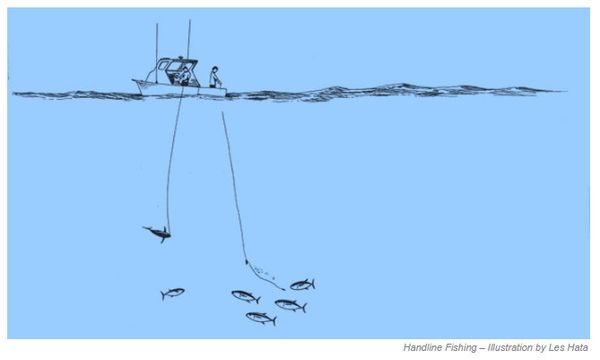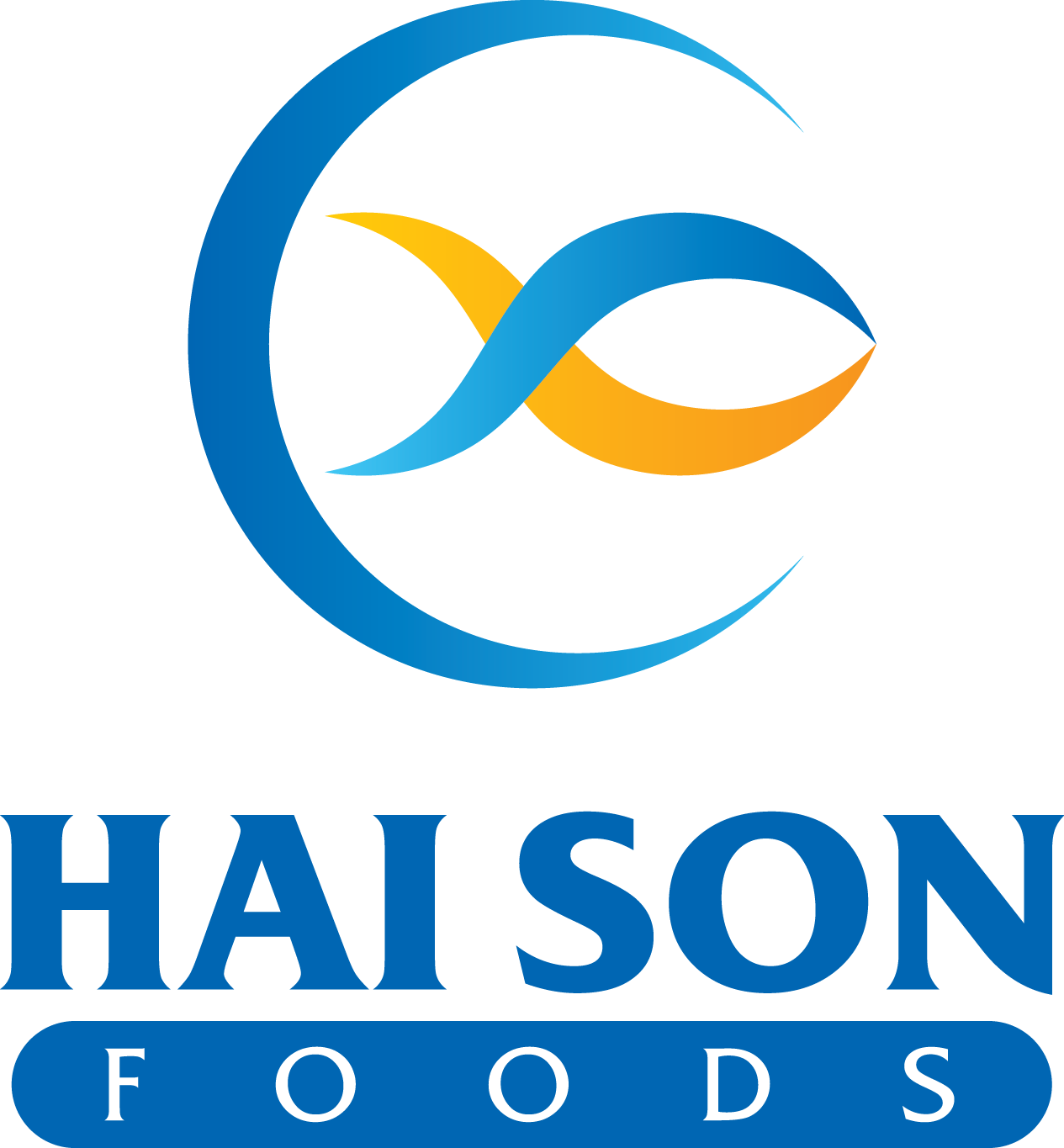 29/10/2023
29/10/2023
HOW IS TUNA CAUGHT IN VIETNAM?
Previously, ocean tuna fishing used method longline fishing techniques. Longline fishing is essentially very long (reaching up to 300 km) line with hooks attached all the way along. These lines are placed out to sea over a few days and upon return, fishers remove the animals caught on the hooks. However, this is a highly unsustainable fishing method that catches a lot of non-target species, also known as bycatch and includes dolphins, sharks and turtles.

After 2020, the fishery became entirely handline fishing, where only a single line, with a hook at the end is used per fisher. Fishing trips generally last up to 30 days, and there are typically between 6-to-8 fishers on board.The fishers use small fish as bait in the water to attract the yellowfin tuna to the boat, once a school has been located, and lower their lines into the water waiting for a fish to get hooked. The fishers then haul the tuna onboard the vessel where they are killed and gutted, before being stored on ice and returned to shore for processing.

Non-target species (also known as bycatch) are animals that the fishery doesn’t want to catch, such as dolphins, turtles or sharks. The use of a single hook and line per fisher means that there is very little bycatch, and because fishing takes place at the surface of the ocean, there is virtually no negative impact on different marine habitats. Up to now, fishermen still use this method as part of a project to increase sustainability across the fishery
Source: https://sourcingtransparencyplatform.org/fisheries/vietnam-handline-yellowfin-tuna#:~:text=How%20is%20the%20Tuna%20Caught,to%2D8%20fishers%20on%20board.
